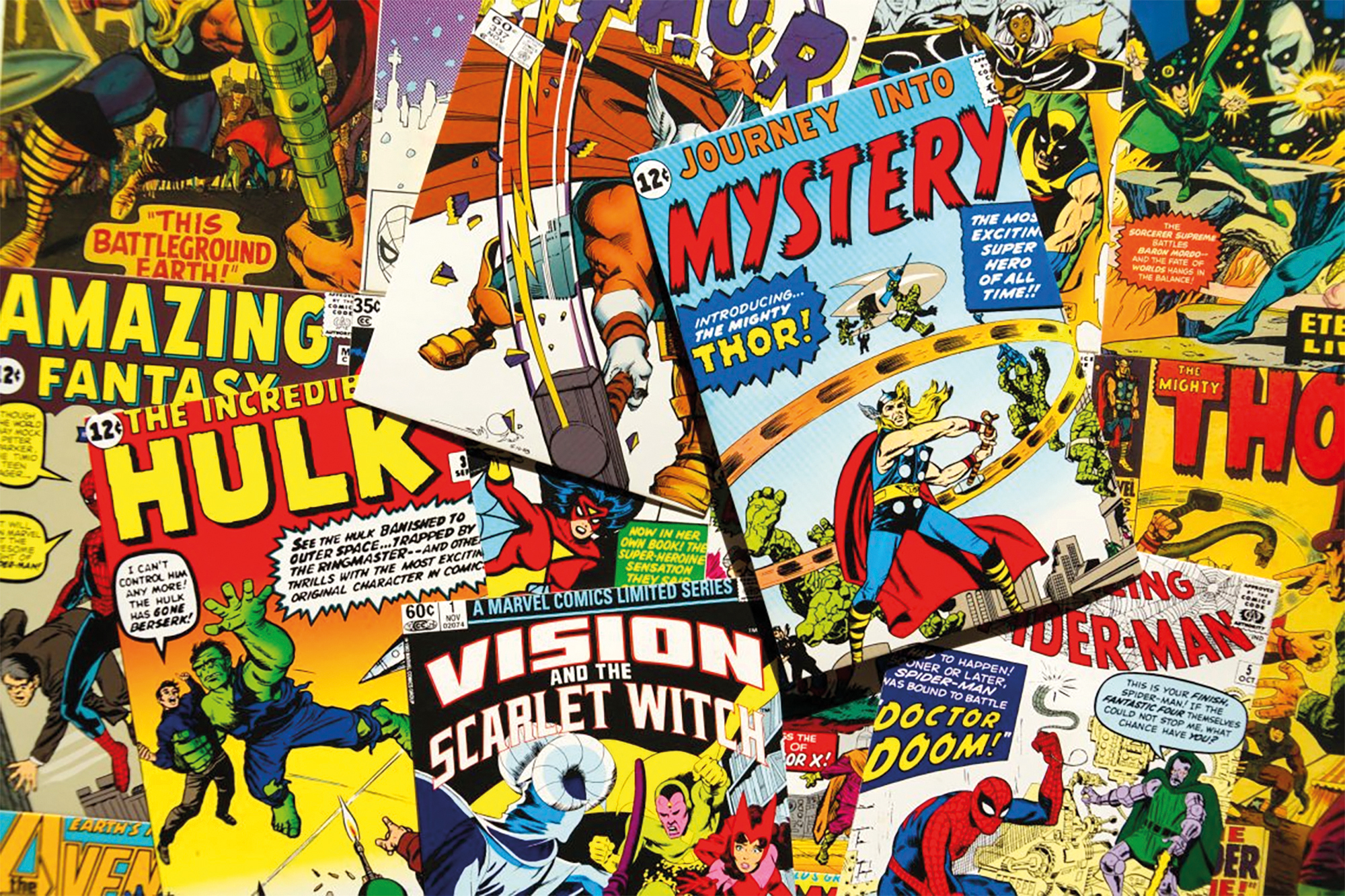
- The first comic books emerged in the United States to lift the mood of citizens before the cracking of 1929. Writers and cartoonists didn't have superheroes defending their labor rights.

USA, 1933. The newly elected President Franklin D. Roosevelt launched a set of economic programmes, called the New Deal, in order to solve the consequences of the 1929 craca. But in addition to raising the economy, people's mood had to be picked up, and cheap forms of entertainment spread that would forget everyday problems: film, radio and comics.
Comic strips were published loose until then in newspapers and magazines, but taking advantage of the success of the product, they started collecting comic books in albums. In 1933, the same year as the launch of New Deal, Harry Wildenberg and Max Gaines, two employees of the Connecticut Eastern Color Print printing press, got comic book copyrights, came up with an easy-to-print and cheap selling formula at newsstands, and created a comic book of 17x26 centimeters in 24-page to 32-page format. In 1934, the first was published, entitled Famous Funnies.
Once the support had been decided, it was time to give comics new content. In 1936, Lee Falk created The Phantom, the precursor of superheroes. Despite being much stronger than other men, this hero still had no superpowers. Two years later, in June 1938, Joe Shuster and Jerome Siegel published “steel men.” In that first Superman comic, the superhero was presented: “Champion of the oppressed. A miracle that promises to give all of its existence to those who need it.”
In the Great Depression, the comiceros worked for long hours in offices without ventilation, which they called sweatshops or sweatshops.
Sweatshops
The first superheroes had social awareness: they faced those who mistreated women, the police abuses, those who asked workers… But writers and cartoonists didn’t have superheroes defending their labor rights. In the Great Depression the comiceros worked for long hours in offices without ventilation, which were called sap workshops or sweatshops. As the Catalan historian Lluc Casals explained in Sapiens magazine, fordism also reached the world of comics. Under these disastrous conditions, among others, Batman founder Bob Kane and Spiderman illustrator Jack Kirb, some of the top authors of the golden age of superhero comics.
The brilliance of this era was extinguished by the Cold War. Like fordism before, McCarthysm came to comics in the 1950s. Psychiatrist Fredic Wertham, in his Seduction of the Innocent (1954), stated that comics promoted crime and sexual deviation of young people (Batman and Robin were gay and Wonder Woman, lesbian). They created the Comic Code Authority, which would apply and comply with strict content standards. Occasional public comic book smoking was also carried out.
Superheroes also survived that tremendous trail. Today they're healthy and they keep fighting -- Marvel and DC comic book industry giants have been competing for decades because the division of business is above good and evil.